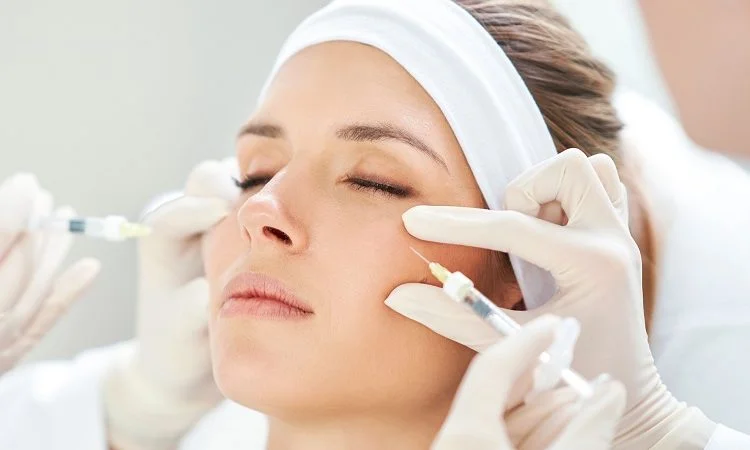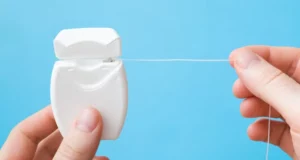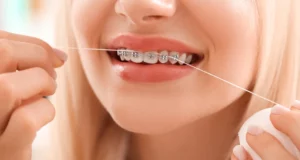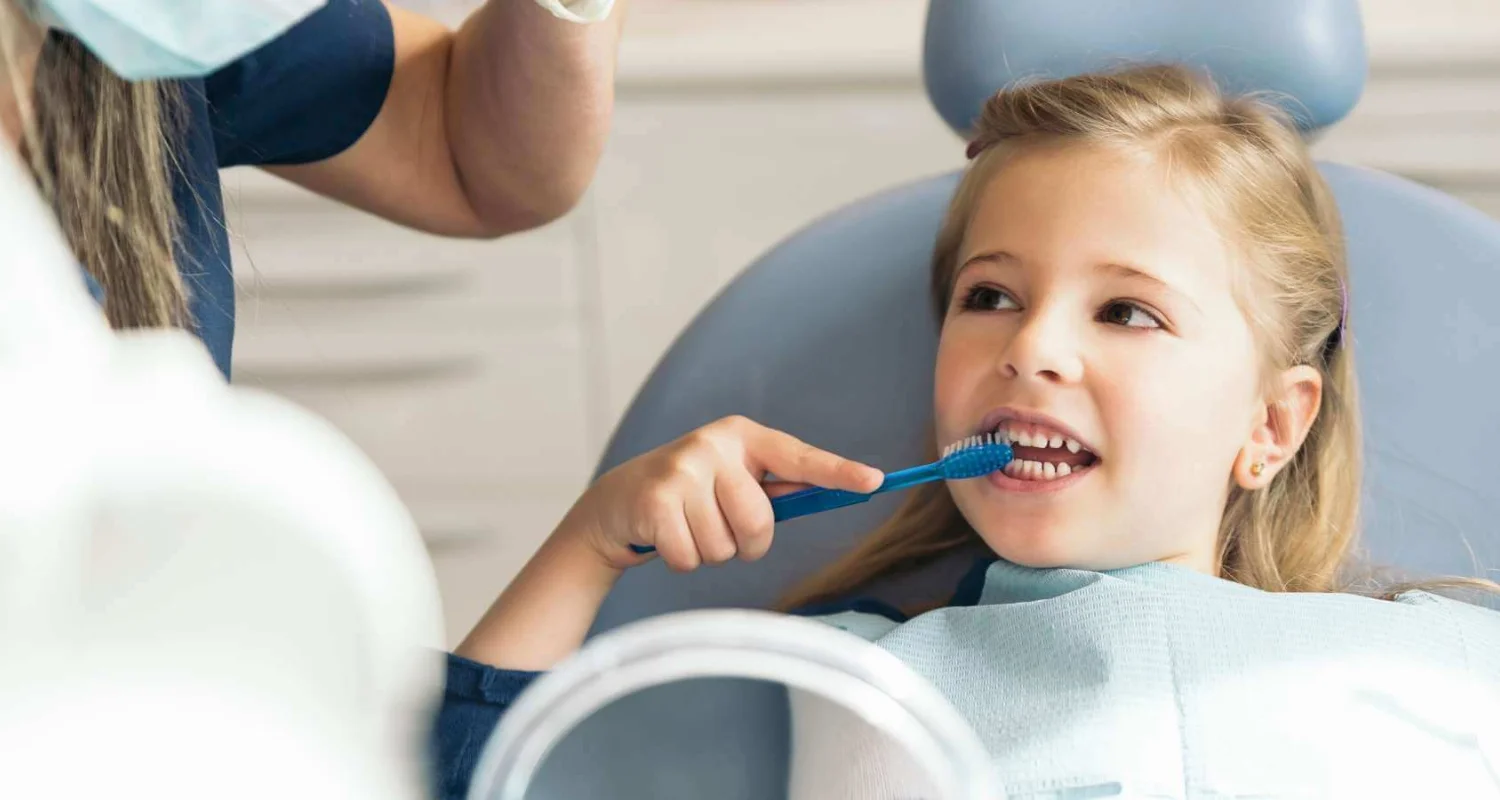Last Updated on: 5th June 2024, 02:03 pm
✓ Fact Checked 🕓
❙ Our team of writers, editors, and medical experts rigorously evaluates each article to ensure the information is accurate and exclusively cites reputable sources.
❙ We regularly assess how the content in this article aligns with current scientific literature and expert recommendations in order to provide the most up-to-date research.
Temporomandibular disorders (TMD) are conditions that affect the temporomandibular joint (TMJ), which connects the jawbone to the skull. TMD can cause various painful symptoms, and its treatment can be complex and diverse. One of the most innovative approaches in recent years has been the use of Botox injections as a therapeutic option.
If you want to know about TMJ surgery, click here!
What is Botox for TMJ?
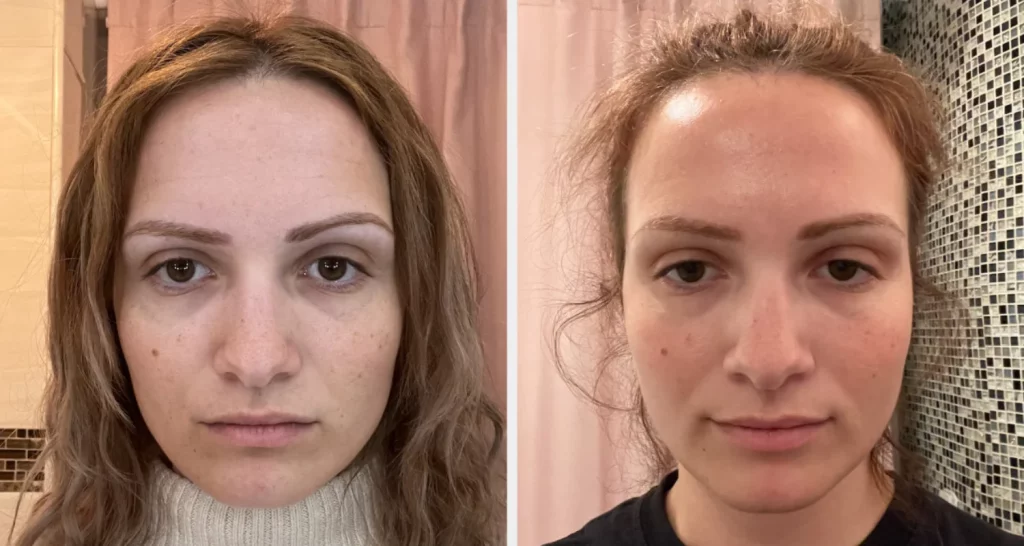
Botox, also known as botulinum toxin, is produced by the Clostridium botulinum bacteria. Although this toxin is primarily known for its use in cosmetic treatments to reduce facial wrinkles, it has also been shown to be effective in the treatment of various medical conditions, including TMD.
TMJ and Botox therapy: What are its side effects?
Treatment with Botox can help treat and alleviate the following symptoms of TMJ disorder:
1. Headaches due to teeth grinding or clenching.
2. Pain in one or both temporomandibular joints.
3. Pain in the ear area.
4. Difficulty chewing.
5. Difficulty opening or closing the mouth due to:
a. Blockage of the temporomandibular joint
b. Muscle tension
How does Botox work for TMJ disorders?
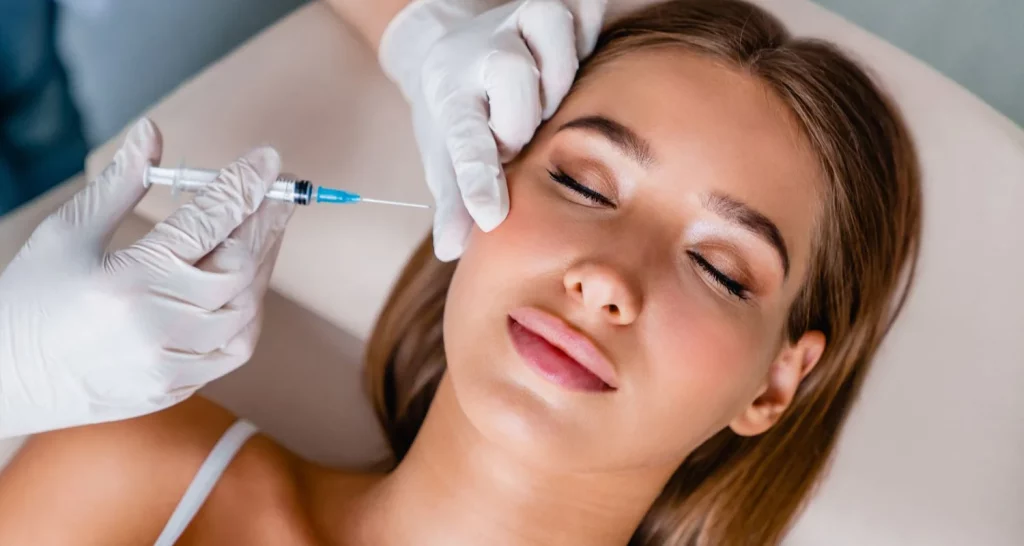
Botox acts by blocking the release of acetylcholine, a neurotransmitter that transmits nerve signals to the muscles. By blocking acetylcholine, Botox reduces muscle activity, which can be beneficial in the treatment of TMD, as many of the symptoms are related to muscle tension in the jaw and surrounding muscles.
Botox Injections for TMJ: What to Expect During the Procedure
Here are some details about the Botox application procedure for relieving TMD:
● The Botox application procedure for TMD treatment is relatively simple and is performed in dental or medical offices.
● It is an outpatient procedure.
● It does not require anesthesia, although a topical anesthetic may be applied for the patient’s comfort.
● The procedure is usually quick, with each treatment session lasting between 10 and 30 minutes.
● At least three injection sessions are usually administered over several months.
● The healthcare provider will identify the injection sites for each patient.
● Generally, Botox is applied in the temple area, forehead muscles, and the jaw area, where the chewing muscles are usually inserted.
● The injections are performed with a very fine and short needle.
● Depending on each case, the healthcare provider will decide on the number of injections necessary.
● The injection may cause a pain similar to that of a bug bite or a prick, so the doctor may recommend the use of anesthetic creams.
● The procedure does not involve disability. People can usually resume their daily activities when leaving the medical office, as long as they do not involve severe physical exertion that strains the chewing muscles.
Are the results of Botox treatment for TMD immediate?

Although it is possible to feel some improvement one or two days after treatment, several days are usually required to feel maximum symptom relief.
Recovery and aftercare for Botox treatment for TMJ
Recovery after Botox treatment for TMD is generally quick. However, it is important to follow some recommendations to ensure optimal recovery:
● Apply cold compresses to the injection area: This is helpful for relieving pain from injections and reducing inflammation.
● Avoid rubbing or massaging the treated area: Rubbing the injection area could cause the Botox to spread to unwanted areas.
● Avoid excessive sun exposure: Prolonged exposure to the sun can weaken the Botox and decrease its effectiveness.
● Avoid intense activities: Intense activities that may increase tension in the jaw and surrounding muscles during the first few days after treatment could have negative effects on the treatment.
Long-Term Results of Botox Treatment for TMJ disorders:
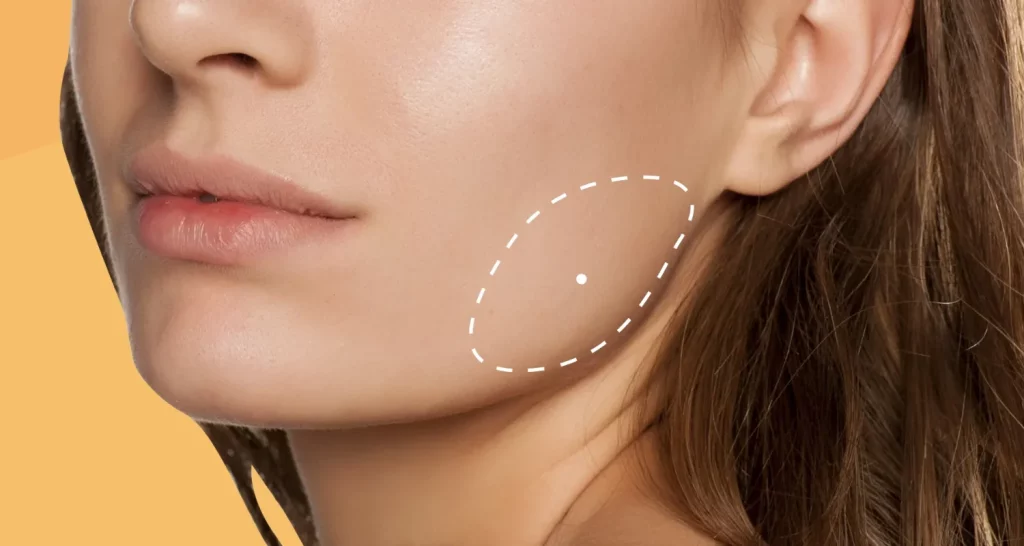
● It is important to note that Botox injections have a temporary effect that can last for several months. Generally, booster injections are required to maintain long-term results.
● Results may vary from patient to patient, but many patients typically experience pain relief and reduced muscle tension in the jaw for several months after treatment.
● The long-term effects of treatment are varied, so it is recommended to follow the personalized treatment plan established by the healthcare professional to obtain the best long-term results.
Risks and Side Effects of Botox Treatment for TMJ:
The use of Botox for the treatment of TMD, like any other medical procedure, carries some risks and side effects.
Side effects may include:
● Pain, redness, and sensitivity at the injection site.
● Muscle weakness
● Bruising at the injection site
● Headache
● Nausea
● Flu-like symptoms
These are usually temporary effects that go away on their own after a few days.
Risks may include:
Less commonly, the application of botox for the treatment of DTM may carry some risks, including:
● Temporary difficulty speaking or eating due to reduced muscle activity in the treated area.
● Possible decrease in bite strength, which can affect the ability to chew food properly.
● Risk of incorrect injection that may result in unwanted effects, such as weakness or facial asymmetry.
It is important to talk to the healthcare professional before treatment to discuss the possible risks and side effects and to follow the post-treatment instructions to minimize the likelihood of their occurrence.
What is the TMJ Botox Cost for TMD Treatment?
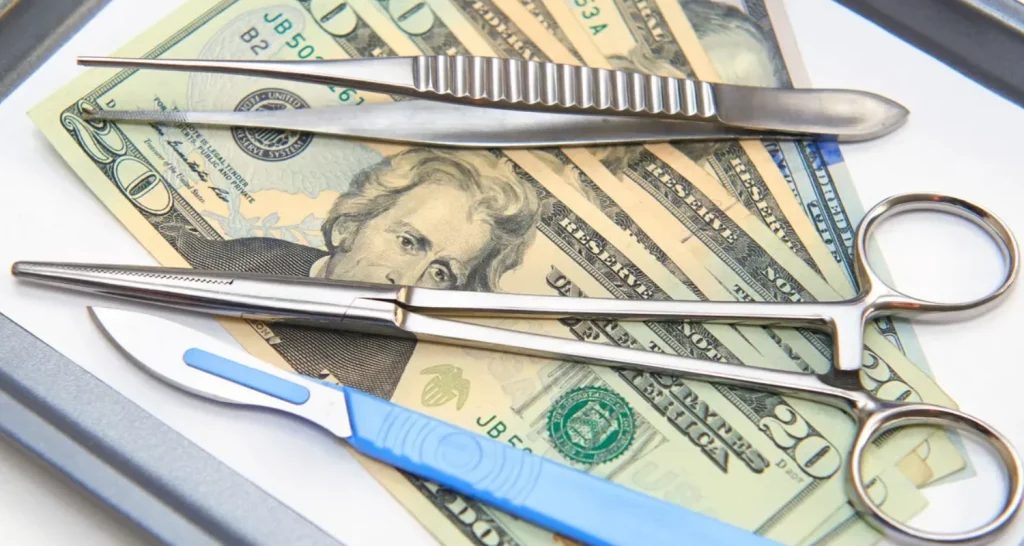
The treatment may cost between $500 and $1500 per unit, depending on the service provider. The cost of Botox application to treat TMD may vary according to each patient’s needs, the severity of symptoms, and the number of injections required. Similarly, the country or city where the treatment is received also affects its value.
Conclusion
● The use of Botox offers an innovative alternative to relieve pain and reduce muscle tension in the jaw and surrounding muscles in patients with TMD.
● Botox treatment should be administered by a properly trained medical or dental professional.
● Each case has different requirements, so the treatment plan for each patient should be personalized.
If you have any questions about this or other topics, you can contact us at Channel Islands Family Dental as well as our Facebook page. We look forward to your visit and will provide a timely diagnosis. Our dentists in Oxnard, Santa Paula, Ventura, Newbury Park, and Port Hueneme can guide you towards the best treatment to care for your health.
Frequently Asked Questions
What are the benefits of using Botox for TMJ disorders?
Botox injections can provide significant relief from pain and muscle tension associated with Temporomandibular Disorders (TMD). By blocking neurotransmitters that cause muscle tightening, Botox allows the jaw muscles to relax, which helps to alleviate symptoms such as headaches, jaw pain, and difficulties with chewing and movement of the jaw.
What should I expect during the Botox application procedure for TMJ?
The procedure is relatively quick and simple, typically completed within 10 to 30 minutes. It’s performed in a dental or medical office without the need for general anesthesia, though a topical anesthetic might be applied for comfort. The treatment involves several injections with a fine needle in the temple area, forehead, and jaw muscles, depending on the individual’s specific symptoms and needs.
Are there any side effects of Botox injections for TMJ?
Common side effects include pain, redness, or bruising at the injection site, muscle weakness, headache, nausea, and flu-like symptoms. These are generally mild and temporary. However, there are also risks of more serious side effects such as difficulty speaking or eating, decreased bite strength, and potential facial asymmetry if the injections are not correctly administered.
How long do the effects of Botox treatment for TMJ last, and are repeat sessions necessary?
The effects of Botox for TMJ treatment are temporary, typically lasting several months. Many patients require booster injections to maintain the benefits over the long term. The frequency and number of follow-up treatments vary depending on the individual’s response to the initial treatment and the severity of their symptoms.
What is the cost range for Botox treatments for TMJ, and what factors influence this cost?
The cost of Botox injections for TMJ treatment can range from $500 to $1500 per session. Factors influencing the cost include the severity of symptoms, the number of injections needed, the geographic location of the treatment provider, and the professional fees of the healthcare provider.
Share:
References
1. Scaccia, A. (Jun 2, 2017). Botox for TMJ: Cost, side effects, efficacy, and more. Healthline. https://www.healthline.com/health/botox-for-tmj
2. TMJ disorders. (Dic 28, 2018). Mayo Clinic. https://www.mayoclinic.org/diseases-conditions/tmj/symptoms-causes/syc-20350941
3. Villines, Z. (Oct 11, 2022). Botox for TMJ: Benefits, pictures, side effects, and more. Medicalnewstoday.com. https://www.medicalnewstoday.com/articles/botox-for-tmj-benefits-before-and-after-pictures-side-effects-and-more
4. Denglehem, C., Maes, J. M., Raoul, G., & Ferri, J. (2012). Toxine botulinique de type A : traitement antalgique des dysfonctions de l’appareil manducateur [Botulinum toxin A: analgesic treatment for temporomandibular joint disorders]. Revue de stomatologie et de chirurgie maxillo-faciale, 113(1), 27–31. https://doi.org/10.1016/j.stomax.2011.12.003
5. BOTOX® treatments for TMJ. (s/f). AAFE – American Academy of Facial Esthetics. Recuperado el 16 de abril de 2023, de https://www.facialesthetics.org/tmj-treatments/
6. Guarda-Nardini, L., Manfredini, D., Salamone, M., Salmaso, L., Tonello, S., & Ferronato, G. (2008). Efficacy of botulinum toxin in treating myofascial pain in bruxers: a controlled placebo pilot study. Cranio : the journal of craniomandibular practice, 26(2), 126–135. https://www.tandfonline.com/doi/abs/10.1179/crn.2008.017
7. Ataran R, Bahramian A, Jamali Z, Pishahang V, Sadeghi Barzegani H, Sarbakhsh P, Yazdani J. (Sep 18, 2017) The Role of Botulinum Toxin A in Treatment of Temporomandibular Joint Disorders: A Review. J Dent (Shiraz).(3):157-164. PMID: 29034269; PMCID: PMC5634354.


